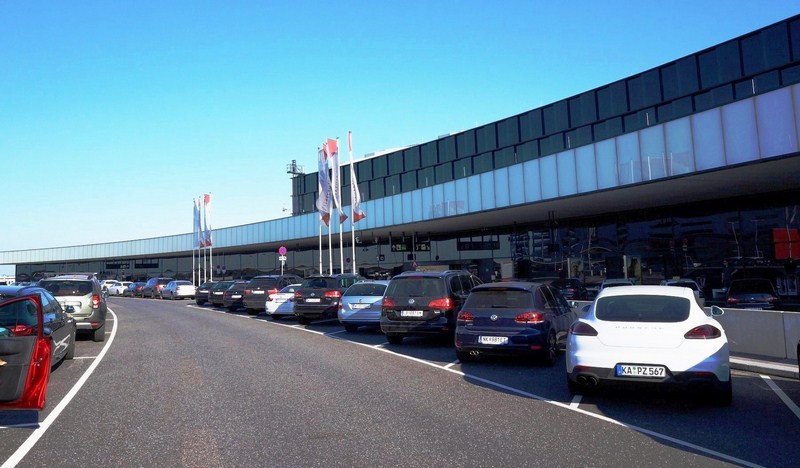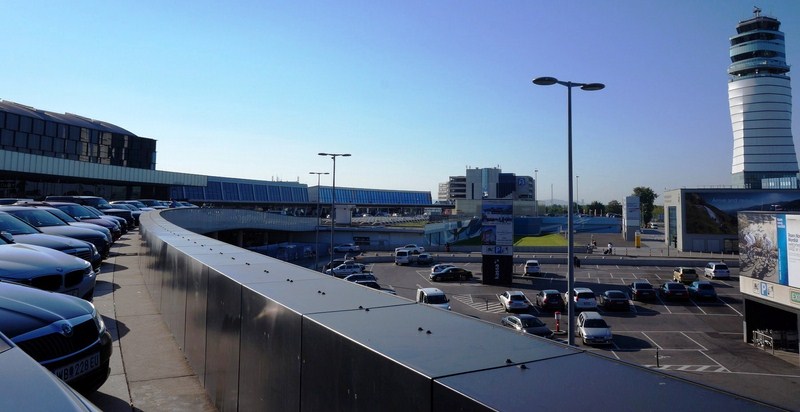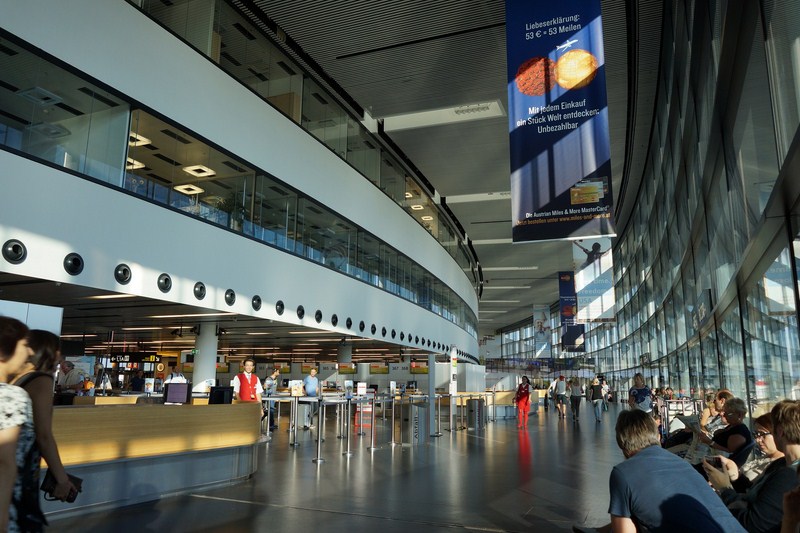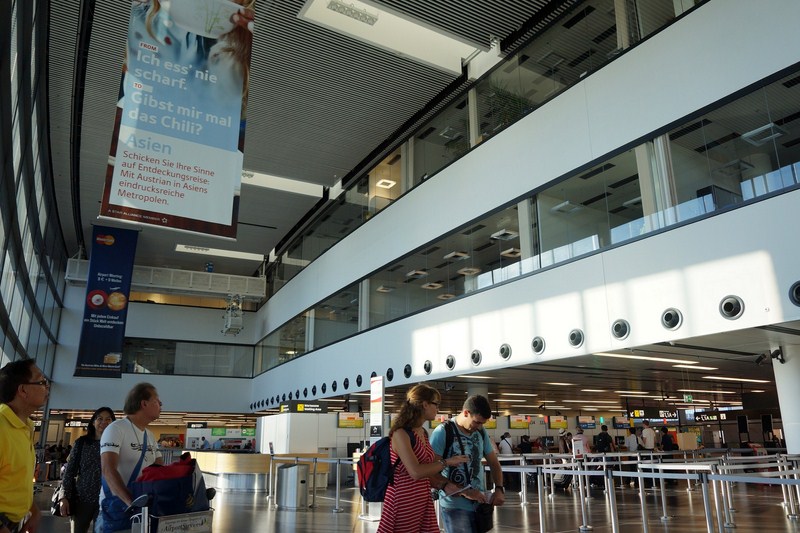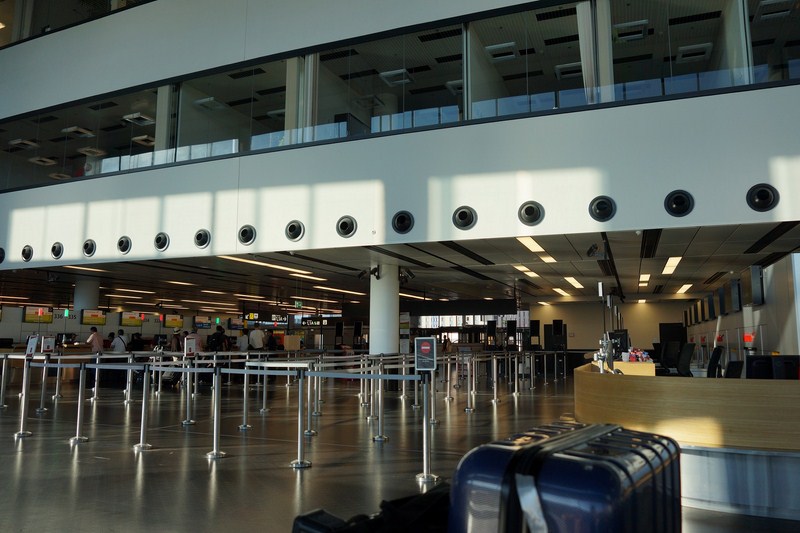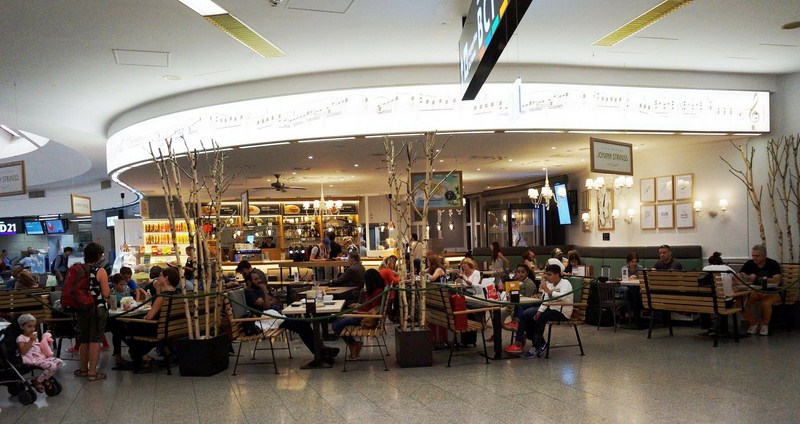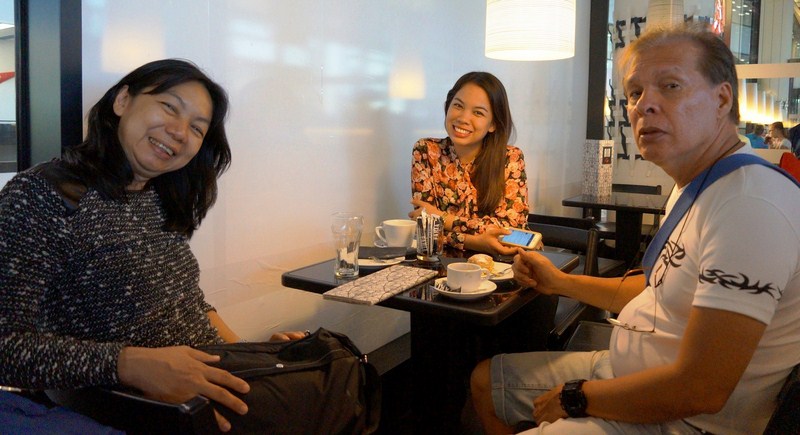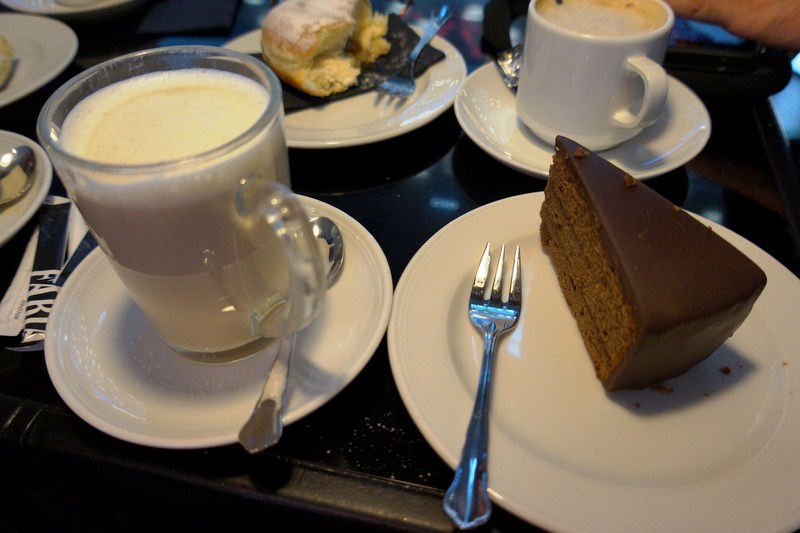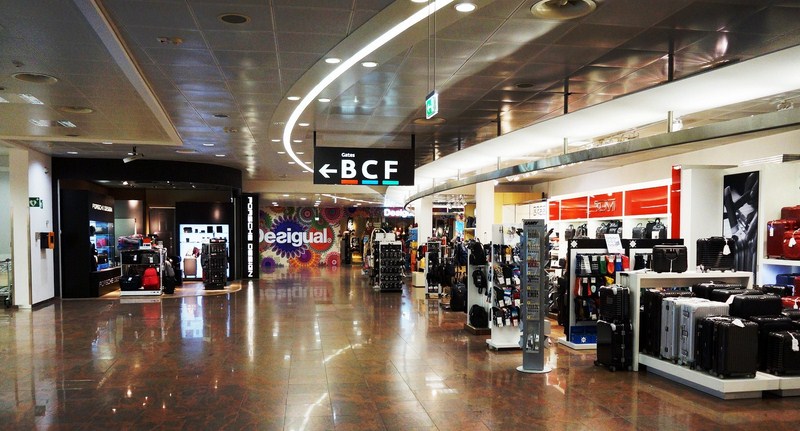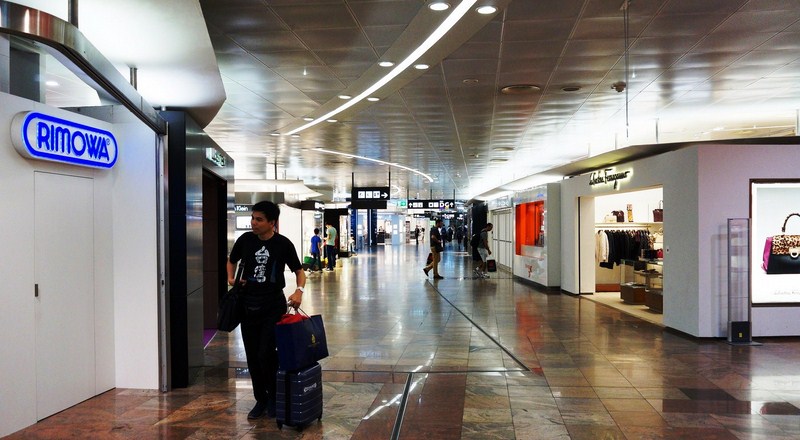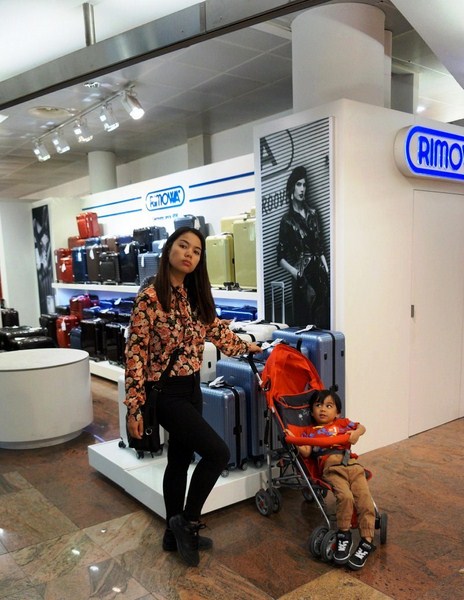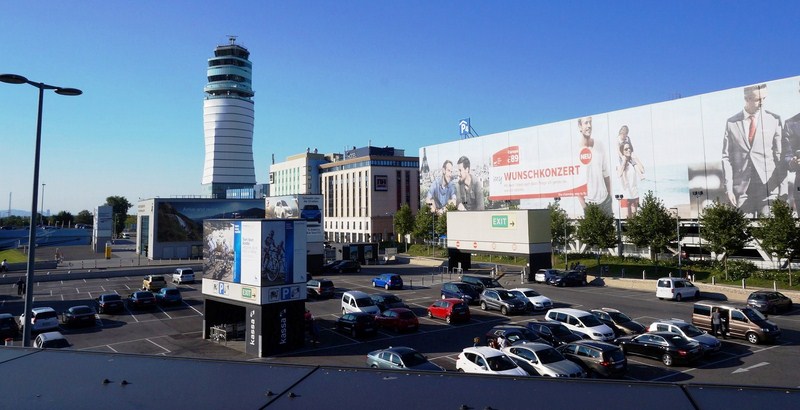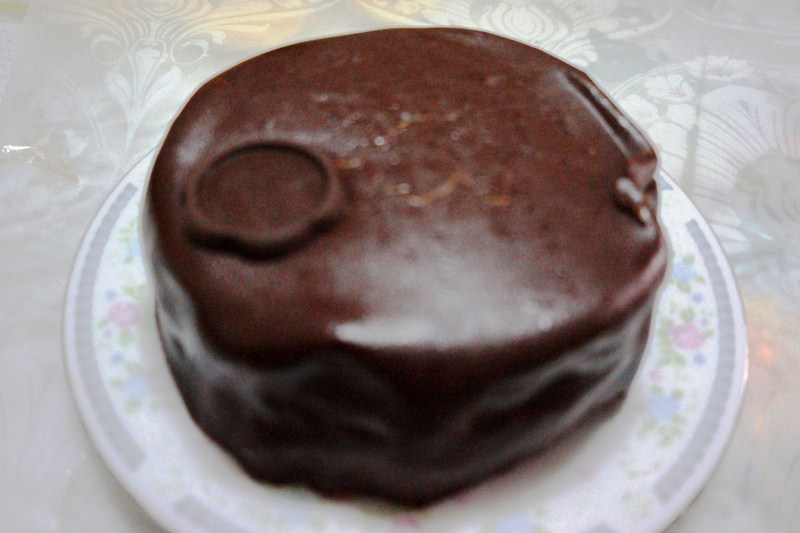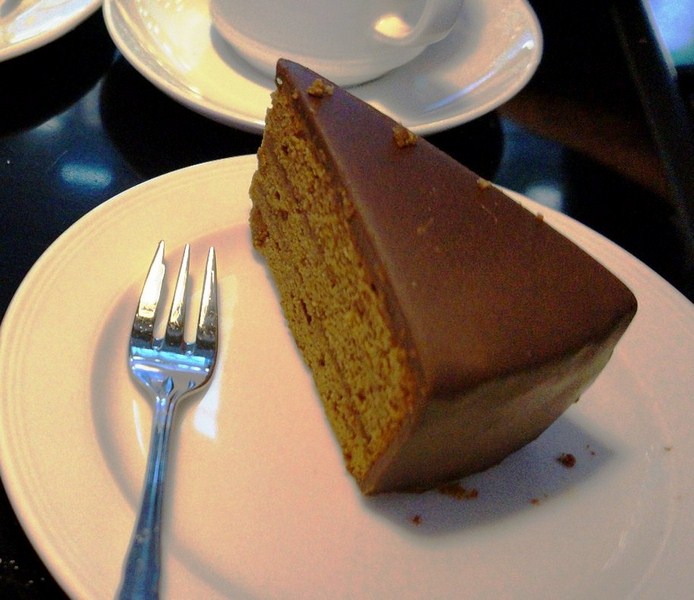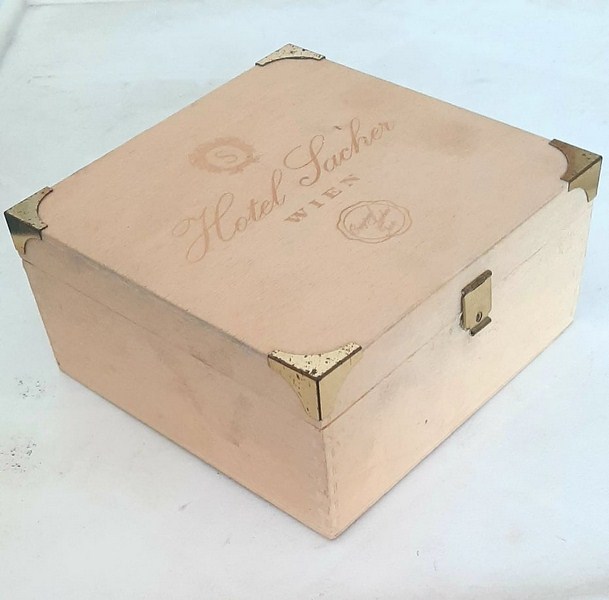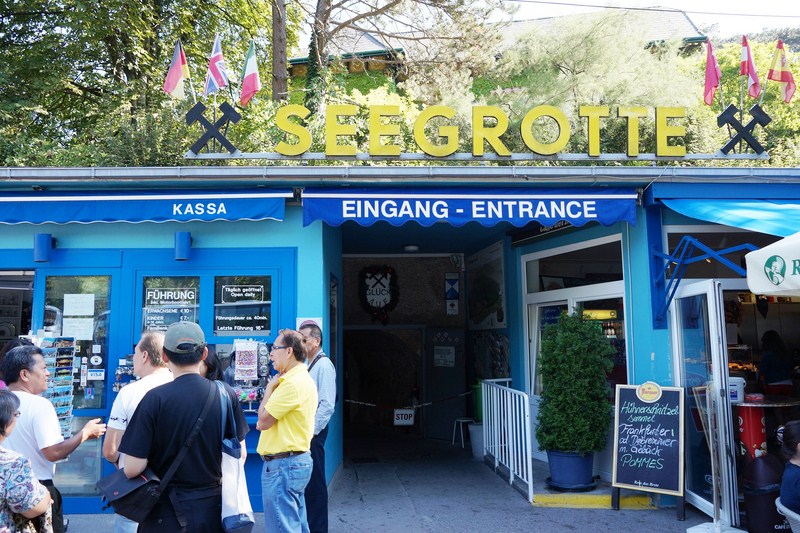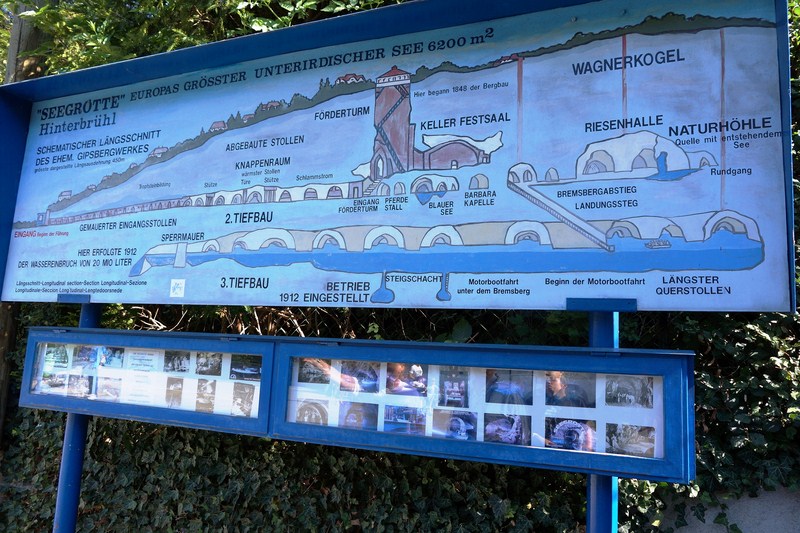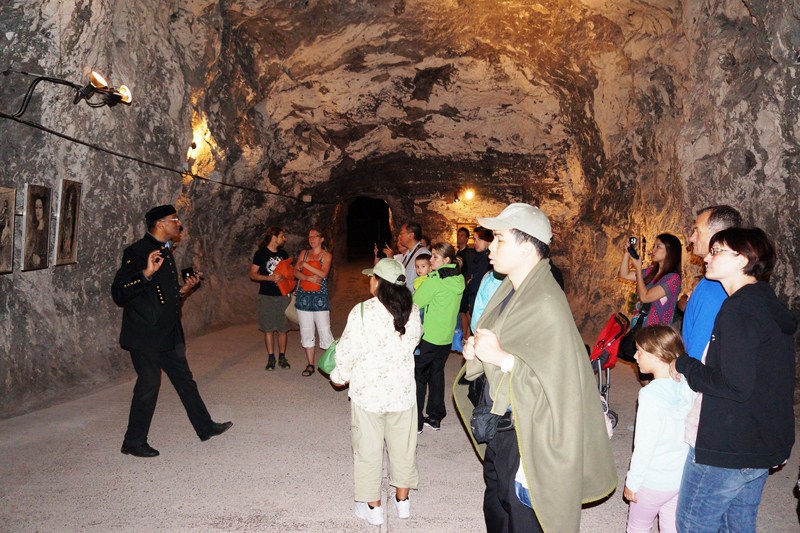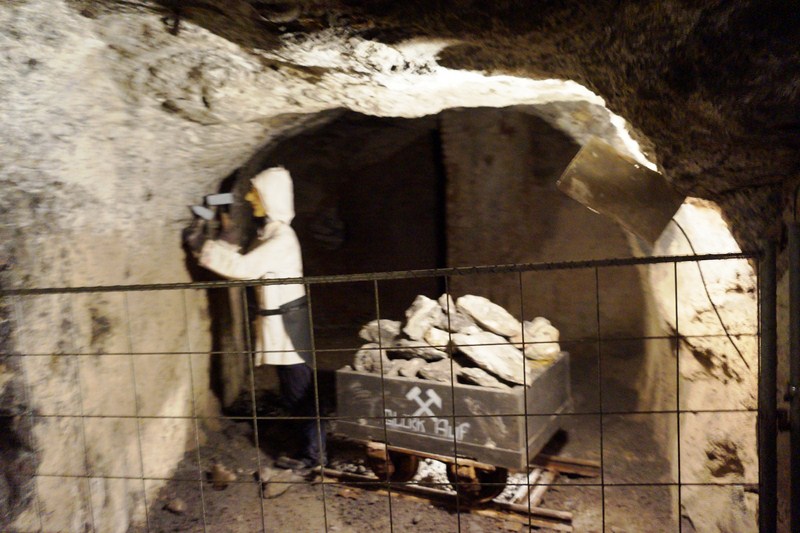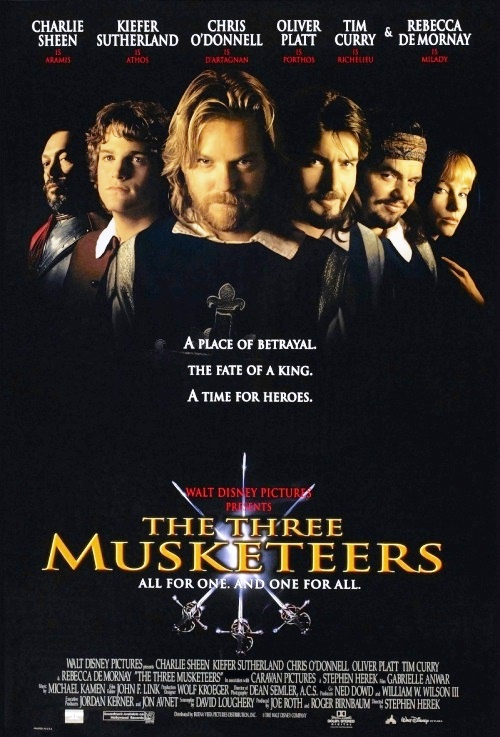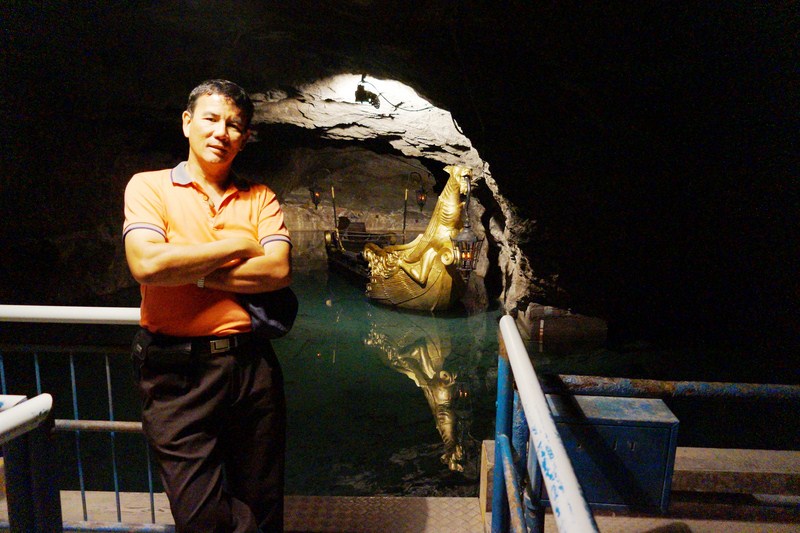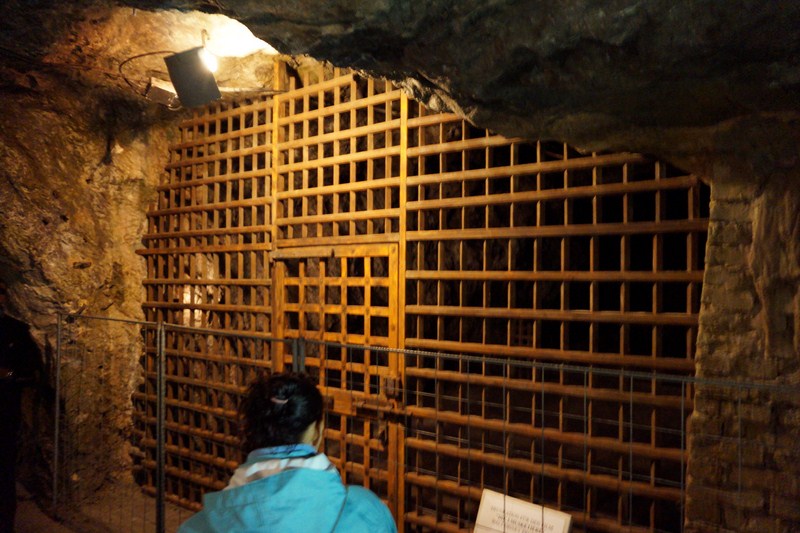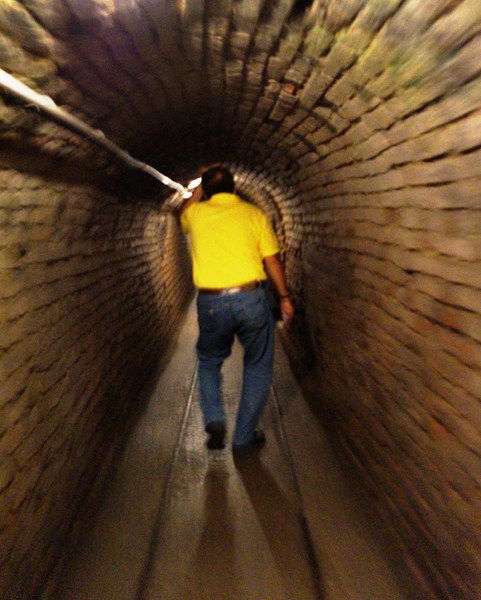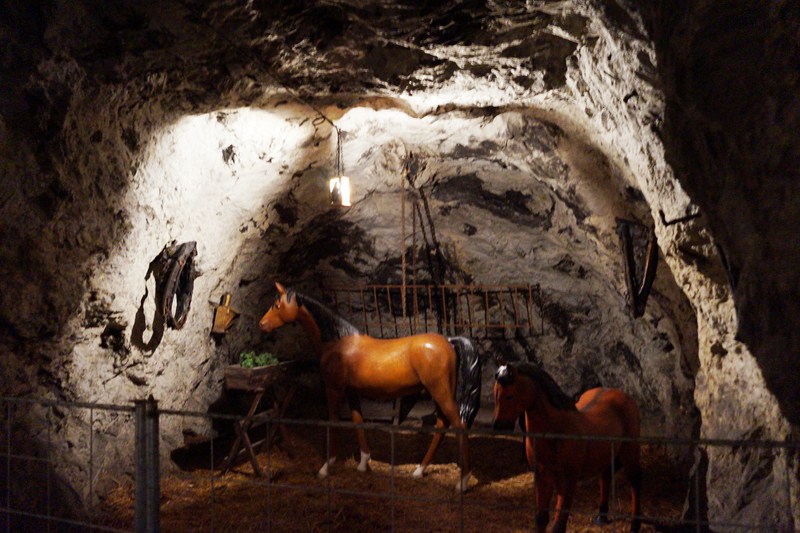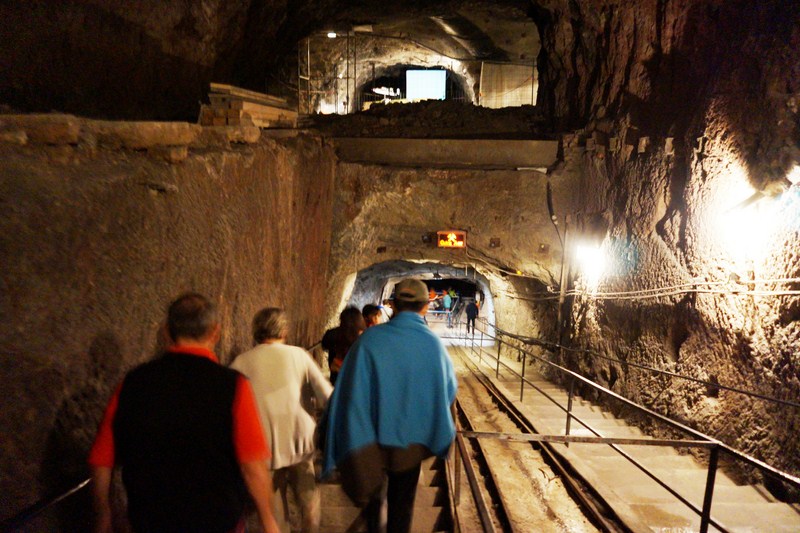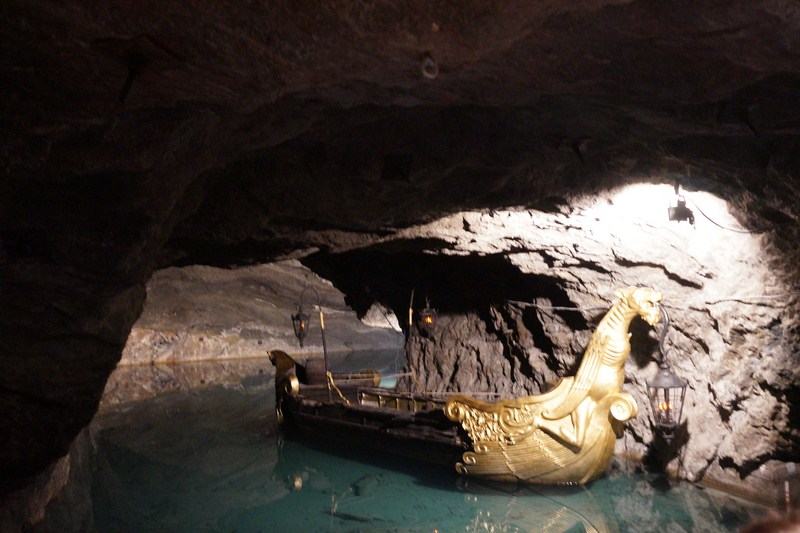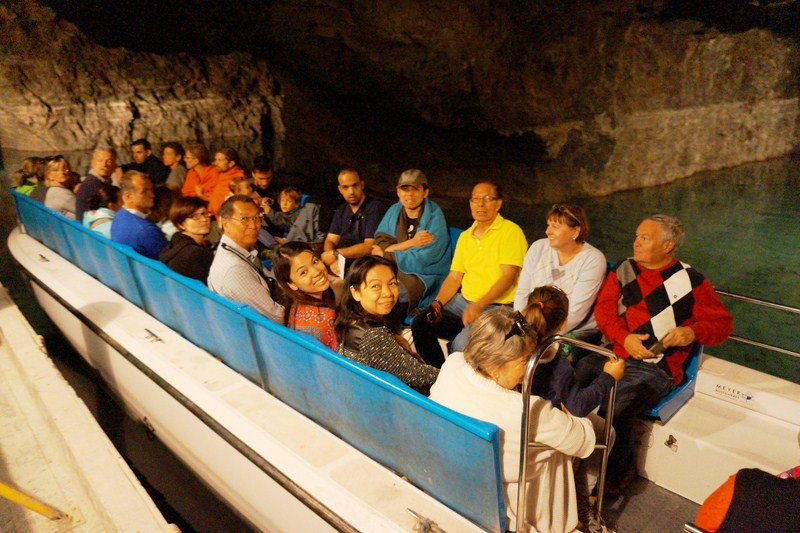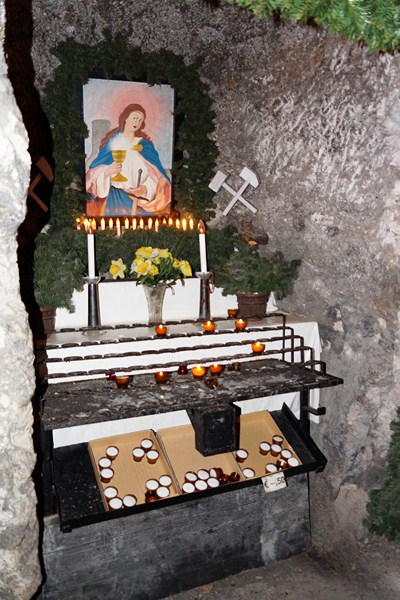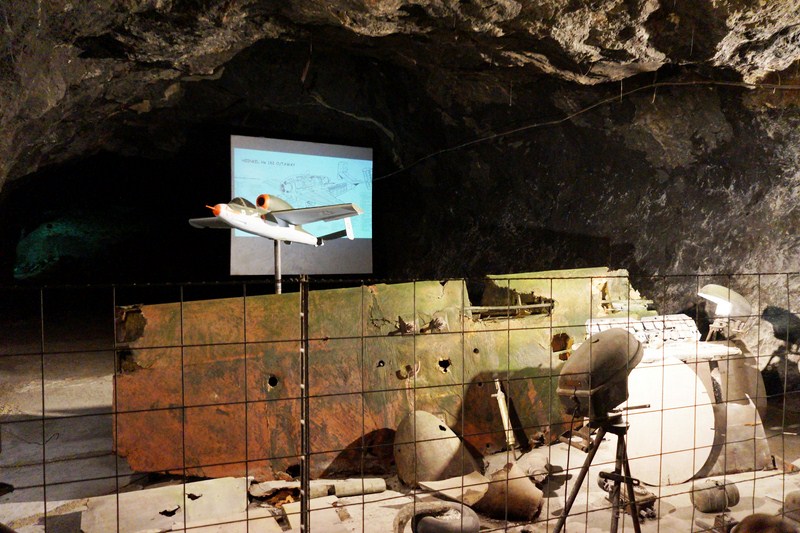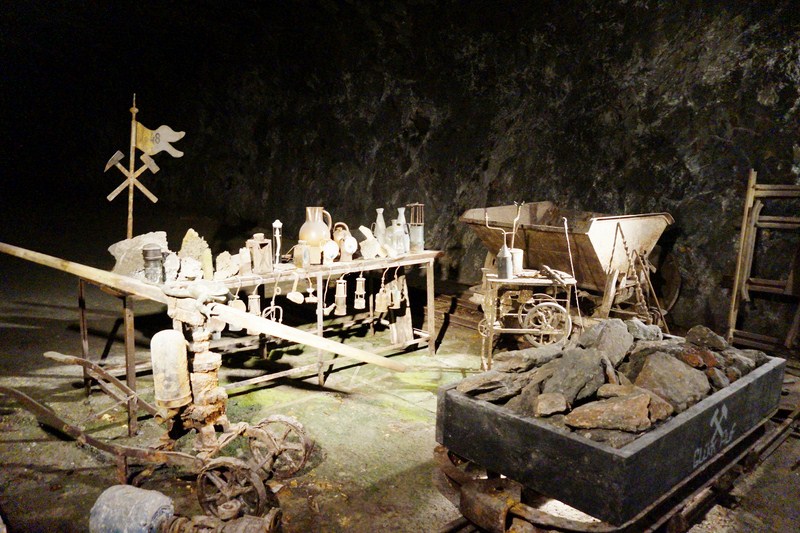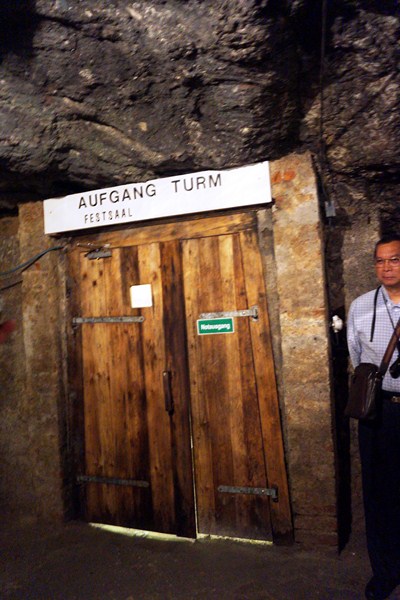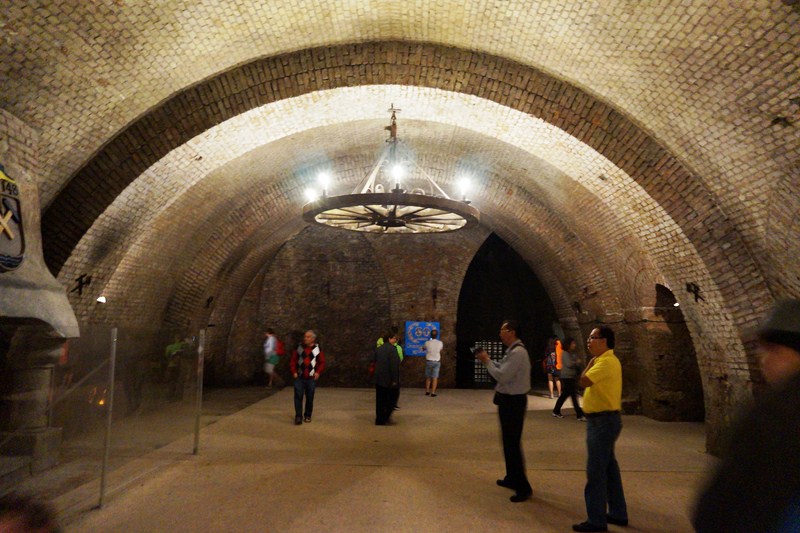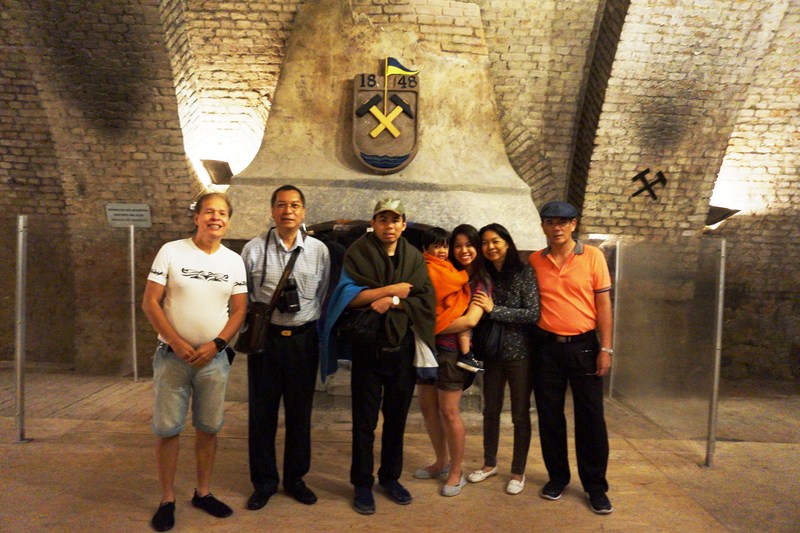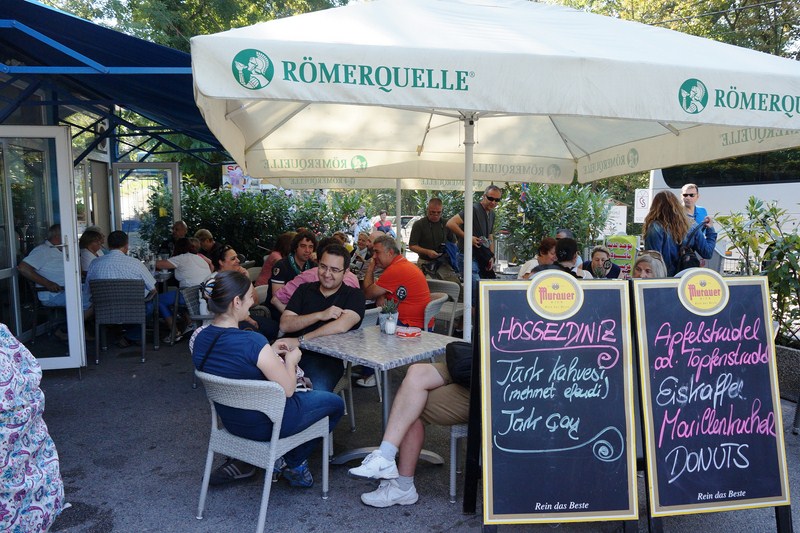Our 11-day France-Austria tour was now at an end and it was now time to return to Manila. Grace cousins Popong and Freddie Flores picked us up at Azimut Vienna Delta Hotel and brought all of us to Vienna International Airport (German: Flughafen Wien-Schwechat, Slovak: Letisko Viedeň-Schwechat; IATA: VIE, ICAO: LOWW) where we were to depart on our 10:40 PM Emirates Airlines flight (EK-126).
Check out “Hotel and Inn Review: Azimut Vienna Delta Hotel”
This international airport, located in Schwechat, 18 kms. (11 mi.) southeast of central Vienna and 57 kms. (35 mi.) west of Bratislava. is the country’s largest airport and serves as the hub for Austrian Airlines and Eurowings Europe as well as a base for low-cost carriers Lauda, Level and Wizz Air.
The airport, featuring a dense network of European destinations as well as long-haul flights to Asia, North America and Africa, is capable of handling wide-body aircraft up to the Airbus A380. In 2018, it handled 27 million passengers (a 10.8% increase compared to 2017).
Our three-hour long stay at the airport wasn’t tedious as we were seated, while waiting for our flight, on comfortable chairs with plugs plus there was free and good internet connection without time limit. The airport also had 70 duty free shops in a shopping area located just after ticket control counters. However, we need to check in before getting to shops, not pass security check nor passport control.
There were also a number of food and beverage outlets, of various standards and available both airside and landside, ranging from McDonald’s and Burger King to concessions run by Vienna’s famous delicatessen and restaurants. Though the burger places had the same prices as in the outside world, their upscale restaurants were pricier than in the city. For those on a tight budget, there were supermarkets such as Billa (a general grocery store, at check-in area 1, with Austrian Mozartkugeln and small snacks) and Spar (supermarket at arrival area) were you can buy food for normal supermarket prices.
Here is the historical timeline of the airport:
- In 1938, it was built as a military airport
- During World War II, the airport was used as the Heinkel-Süd facility, Heinkelfirm’s southern military aircraft design and production complex.
- In 1945, it was taken over by the British and became RAF Schwechat under the occupation of the country.
- In 1954, the Betriebsgesellschaft was founded and the airport replaced Aspernas Vienna’s (and Austria’s) principal aerodrome. There was just one runway
- In 1959, the runway was expanded to measure 3,000 m. (9,843 ft.) and the erection of the new airport building was started.
- In 1972, another runway was built.
- In 1982, the airport was connected to the national motorway network (Ostautobahn).
- In 1986, the enlarged arrivals hall was opened
- In 1988, Pier East, with 8 jet bridges, was opened.
- On December 27, 1985, the El Alticket counter was attacked by Abu Nidal, a Palestinian terrorist organization that simultaneously conducted a terrorist attack at Fiumicino Airport in Rome.
- In 1992, the new Terminal 1 was opened
- In 1993, the shopping area around the plaza in the transit area of the B, C and D gates was opened.
- In 1996, Pier West, with 12 jet bridges, started operating.
- In 2006, the 109 m. (358 ft.) tall control tower started operating and a VIP- and general aviation-terminal, including a separated apron, opened.
- From 2004–2007, an Office Park was erected.
- On June 5, 2012, the new Austrian Star Alliance Terminal (Terminal 3, named Skylink during its construction) was opened, which enables the airport to handle up to 30 million passengers per year.
- In January 2013, Terminal 1 underwent refurbishment.
- In July 2019, the refurbishment of Terminal 2 started (planned to reopen in the end of 2020).
The airport has four terminal buildings. Terminal 1 (mainly used by some One World and SkyTeam airlines), Terminal 2 (currently closed, pending refurbishment) and Terminal 3 (Austrian Star Alliance Terminal, the airport’s newest facility), which all connect to the five concourses, are directly built against each other.
The additional Terminal 1A, hosting check-in facilities for a number of low-cost carriers, is located in a stand alone building opposite Terminal 1. The central arrivals hall for all terminal areas is located in Terminal 3. Terminal 3, with its adjoining Concourses F and G, is used by the Austrian Airlines Group, most Star Alliance members, and a number of other carriers including Emirates, El Al, Korean Air, Royal Jordanian and Qatar Airways.
Concourse B, in the basement of Concourse C, features Gates B31–B42 (boarding by buses) for Schengen destinations. Concourse C (Pier West), for Schengen destinations, features Gates C31–C42 (jetbridges), C71–C75 (buses, Schengen only). Concourse D (Pier East, formerly Concourse A, is for non-Schengen destinations with shared passport control at the entrance of Pier East. It features Gates D21–D29 (boarding via jetbridges), D31–D37 (boarding via buses), and D61–D70 (buses).
Concourse D, to be refurbished as part of the refurbishment program announced in March 2016, will be equipped to handle the Airbus A380. Concourse F, at Level 1 of Pier North, is used for Schengen destinations and consists of Gates F01-F37 (jetbridges and buses). Concourse G, at Level 3 and basement of Pier North, is for non-Schengen destinations. Shared passport control, at the entrance of Level 3, features Gates G01-G37 (jetbridges and busgates) and G61-67 (boarding via buses).
Its control tower allows a free overview of the entire airport area and offers a night laser show, which should welcome the passengers even from the aircraft. Its Office Park offers 69,000 sq. m. (740,000 sq. ft.) of rentable space.
Vienna International Airport: 1300 Schwechat, Austria. Tel: +43 1 70070. Website: www.viennaairport.com.

